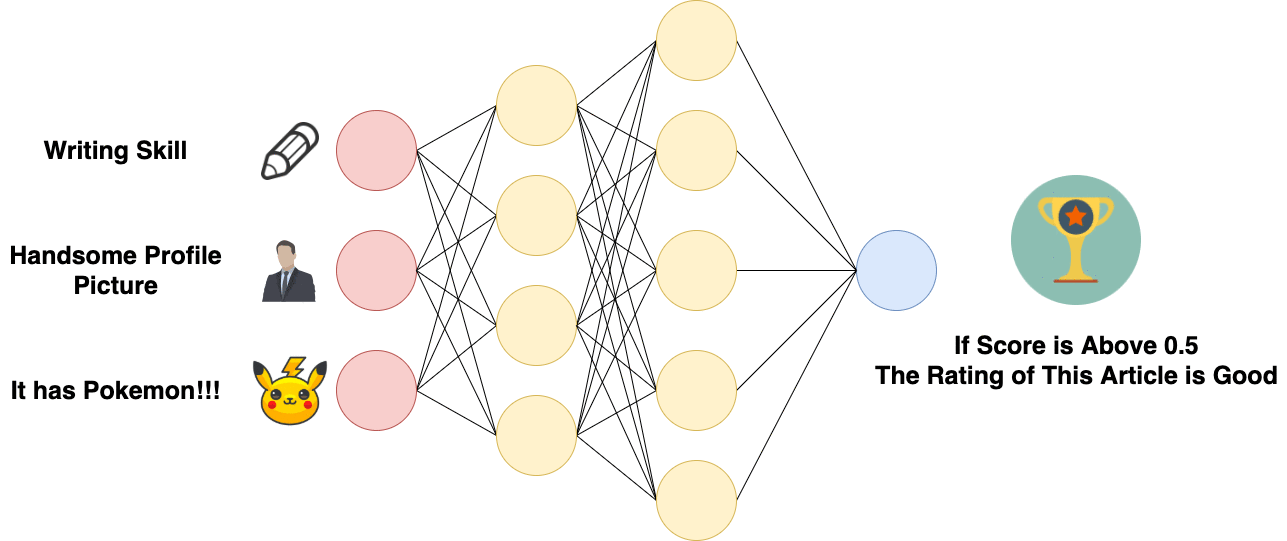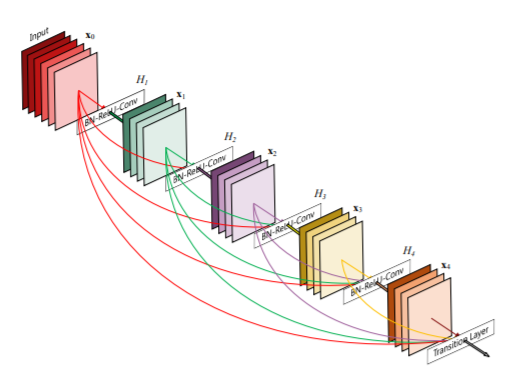

“Using High-Dimensional Image Models to Perform Highly Undetectable Steganography.“ Springer Berlin Heidelberg, Berlin, Heidelberg (2010) 161–177īi, N., Sun, Q., Huang, D., Yang, Z., Huang, J.

“Comparative study of digital audio steganography techniques.“ EURASIP Journal on Audio, Speech, and Music Processing volume 2012. Workshop on information forensics and security (WIFS),įatiha Djebbar, Beghdad Ayad, Karim Abed Meraim and Habib Hamam. “Designing steganographic distortion using directional filters.“ In 2012 IEEE International Image models to perform highly undetectable steganography.“ In International Workshop on Information Hiding, International Journal of Advanced Computer Science and Applications (IJACSA), 4(10), 2013. “Hiding an image inside another image using variable-rate“ IEEE Transactions on Acoustics, Speech, and Signal Processing. “Short Time Spectral Analysis, Synthesis, and Modification by Discrete Fourier Transform“. Advances in Neural Information Processing Systems 25 Advances in Neural Information Processing Systems 25 (NIPS 2012). Hinton, “ ImageNet Classification with Deep ConvolutionalNeural Networks“. Īlex Krizhevsky, Ilya Sutskever, Geoffrey E. International Journal of Computer Vision, 111(1), 98-136, 2015.Ĭhigozie Enyinna Nwankpa, Winifred Ijomah, Anthony Gachagan, and Stephen Marshall “Activation Functions: Comparison of Trends in Practice and Research for Deep Learning“. and Zisserman, A.“The PASCAL Visual Object Classes Challenge: A Retrospective “. “Deep Learning using Rectified Linear Units (ReLU)“. “U-Net: Convolutional Networks for BiomedicalImage Segmentation“. Olaf Ronneberger, Philipp Fischer, and Thomas Brox. IEEE Transactions onComputational Imaging(TCI), 2017. Kautz.“Loss functions forneural networks for image processing“. “Image quality assessment: from error visibility to structuralsimilarity“. Uncertainty quantification is an important and challenging problem in deep learning.Previous methods rely on dropout layers which are not present in modern deep architectures or batch normalization which is sensitive to batch sizes. Hide and Speak: Deep Neural Networks for Speech Steganography Proceedings of the 34th International Conference on Machine Learning-Volume 70, pp. Language modeling with gated convolutional networks“. Kingma, Jimmy Ba, “Adam: A Method for Stochastic Optimization“, arXiv:1412.6980. “TensorFlow: Large-scale machine learning on heterogeneous systems“, 2015. Jeffrey Dean, Matthieu Devin, Sanjay Ghemawat, Ian Goodfellow,Īndrew Harp, Geoffrey Irving, Michael Isard, Rafal Jozefowicz, Yangqing Jia, Lukasz Kaiser, Manjunath Kudlur, Josh Levenberg, Dan Mané, Mike Schuster, Rajat Monga, Sherry Moore, Derek Murray, Chris Olah, Jonathon Shlens, Benoit Steiner, Ilya Sutskever, Kunal Talwar, Paul Tucker, Vincent Vanhoucke, Vijay Vasudevan, Fernanda Viégas, Oriol Vinyals, Pete Warden, Martin Wattenberg, Martin Wicke, Yuan Yu, and Xiaoqiang Zheng. Martín Abadi, Ashish Agarwal, Paul Barham, Eugene Brevdo, NIPS 2017.įelix Kreuk, Yossi Adi, Bhiksha Raj, Rita Singh, Joseph Keshet, “Hide and Speak: Deep Neural Networks for Speech Steganography“, arXiv preprint Shumeet Baluja, “Hiding Images in Plain Sight:ĭeep Steganography,“ Advances in Neural Information Processing Systems. We thank Project MANAS for supporting us with the necessary resources.


 0 kommentar(er)
0 kommentar(er)
